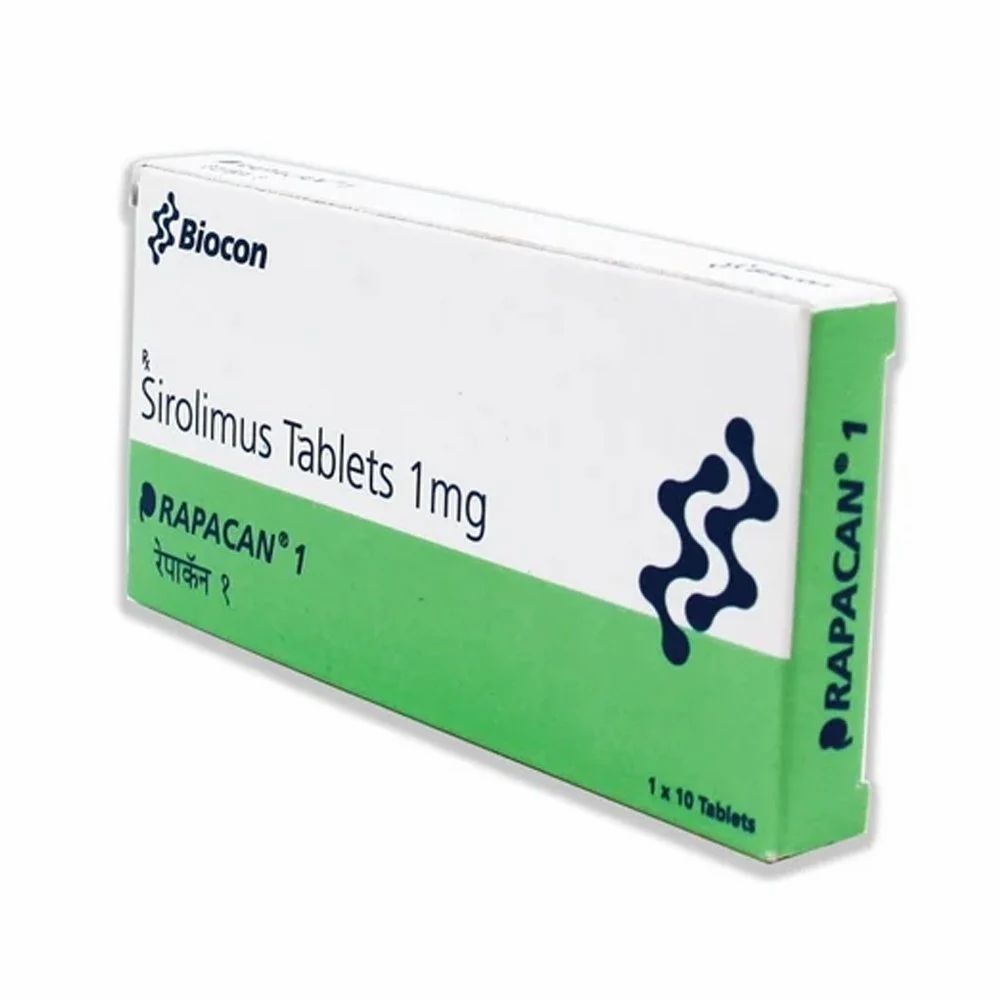LAM Lung Disease (Lymphangioleiomyomatosis): Symptoms, Causes, Treatment
What are the symptoms of LAM Lung disease?
Lymphangioleiomyomatosis (LAM) is a rare lung disease that primarily affects women of childbearing age. It is characterized by the growth of smooth muscle-like cells (LAM cells) in the lungs, airways, and lymphatic system. Symptoms of LAM can vary but may include:
- Shortness of breath: This is one of the most common symptoms of LAM and can worsen over time as the disease progresses.
- Cough: Some people with LAM may develop a persistent cough, which can be dry or produce mucus.
- Chest pain: Chest pain or discomfort may occur, especially with exertion or deep breathing.
- Pneumothorax: This is a condition where air leaks into the space between the lungs and the chest wall, leading to chest pain and difficulty breathing.
- Fatigue: Many people with LAM experience fatigue, which can be debilitating in some cases.
- Wheezing: Wheezing, a high-pitched sound when breathing, can occur due to narrowed airways.
- Coughing up blood: In some cases, coughing up blood (hemoptysis) may occur.
- Swelling: LAM can lead to the accumulation of fluid in the abdomen (ascites) or legs (edema) due to lymphatic involvement.
- Frequent respiratory infections: Some individuals with LAM may experience frequent respiratory infections, such as bronchitis or pneumonia.
- Difficulty sleeping: Symptoms such as shortness of breath or coughing may worsen at night, leading to insomnia.
- Pulmonary hypertension: In some cases, LAM can lead to pulmonary hypertension, a condition characterized by high blood pressure in the arteries of the lungs.
Symptoms of LAM can vary widely from person to person, and the disease progression can also vary. If you experience symptoms of LAM, it’s important to see a healthcare professional for an accurate diagnosis and appropriate management.
What are the causes of LAM Lung disease?
Lymphangioleiomyomatosis (LAM) is a rare lung disease characterized by the abnormal growth of smooth muscle-like cells (LAM cells) in the lungs, airways, and lymphatic system. The exact cause of LAM is not fully understood, but it is believed to be related to mutations in the tuberous sclerosis complex (TSC) genes. There are two forms of LAM:
- Sporadic LAM: This form occurs in women who do not have tuberous sclerosis complex (TSC) and is believed to occur sporadically, without a known genetic cause. Sporadic LAM primarily affects women of childbearing age.
- Tuberous sclerosis complex-associated LAM: This form occurs in individuals who have tuberous sclerosis complex (TSC), a genetic disorder that causes noncancerous tumors to grow in various organs, including the brain, kidneys, heart, eyes, and lungs. TSC is caused by mutations in the TSC1 or TSC2 genes, which are tumor suppressor genes that help regulate cell growth and division. Individuals with TSC have a higher risk of developing LAM.
The abnormal growth of LAM cells in the lungs leads to the formation of cysts and the destruction of lung tissue, which can result in symptoms such as shortness of breath, cough, and chest pain. The exact mechanism by which LAM cells develop and grow in the lungs is not fully understood, but it is believed to involve dysregulation of cell growth and proliferation pathways.
While LAM is a rare disease, advances in research have improved our understanding of its underlying causes and potential treatment options. If you or someone you know has been diagnosed with LAM, it’s important to work closely with healthcare providers who are familiar with the disease to manage symptoms and monitor disease progression.
What is the treatment for LAM?
The treatment for lymphangioleiomyomatosis (LAM) focuses on managing symptoms, slowing disease progression, and improving quality of life. Treatment options may include:
- Sirolimus (rapamycin) and everolimus: These medications are mTOR inhibitors that have been shown to slow the progression of lung function decline and reduce the size of lung tumors in people with LAM. They are often considered the first-line treatment for LAM.
- Bronchodilators: These medications can help relax the muscles around the airways, making it easier to breathe.
- Oxygen therapy: Supplemental oxygen may be prescribed to help improve oxygen levels in the blood and reduce shortness of breath.
- Pleurodesis: For individuals who experience recurrent pneumothorax (collapsed lung), a procedure called pleurodesis may be performed to prevent air from accumulating in the pleural space.
- Lung transplant: In severe cases of LAM where lung function is significantly compromised, lung transplantation may be considered. This is a major surgery with potential risks and complications, but it can improve quality of life and prolong survival in carefully selected patients.
- Pulmonary rehabilitation: This is a program that includes exercise training, education, and support to help improve lung function and overall quality of life.
- Management of complications: Treatment may also involve managing complications such as pneumothorax, respiratory infections, and lymphatic involvement.
It’s important for individuals with LAM to work closely with a healthcare team that is knowledgeable about the disease to develop a personalized treatment plan. Regular monitoring and follow-up are essential to assess disease progression and adjust treatment as needed. Supportive care, including counseling and support groups, can also be beneficial for individuals living with LAM.




